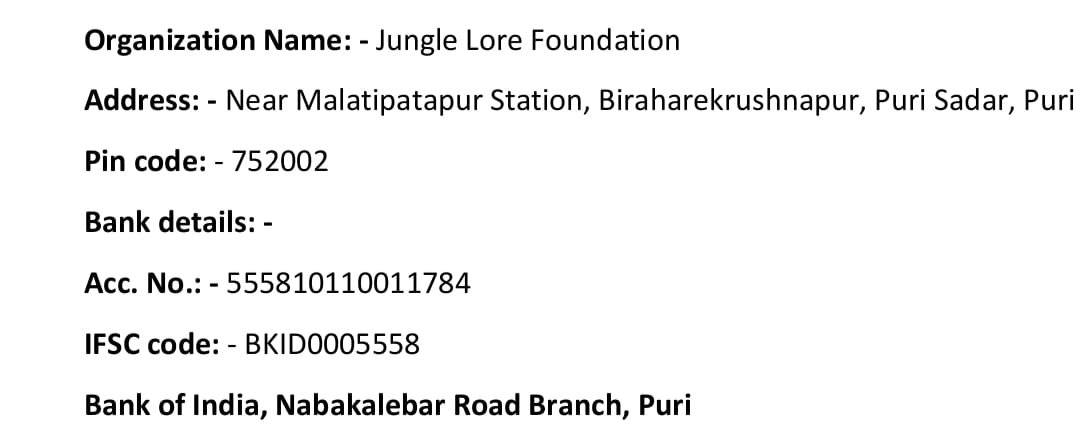Rattle
 Rattle wildlife and wild behaviour
Rattle wildlife and wild behaviour
The Indian honey badger (Mellivora capensis indica) belongs to the mustillidae family. It is also known as the Indian ratel. This is one of the twelve sub species of the main family. This species is known worldwide for its strength, ferocity, toughness and thick coat that even canines can’t penetrate. This species is more related to weasels than the much-expected wolverine. It has a very distinctive body structure that includes a white stripe of hair on its back and a shortened muzzle. Its locomotion is plantigrade. This species loves honey as its name suggests. Its diet also involves smaller mammals, flightless birds and new born herbivores. This species is largely nocturnal but can be seen during the daytime during mating and they mate throughout the year. The gestation period is of six months and a single litter consists of two individuals at most. They are found all over the Indian peninsula.





IUCN status:
Honey badgers are very adaptable creatures and they have a varied habitat and because of this they have been placed as a least concerned species in IUCN red list. Their population trend in India is decreasing and this is a schedule two species. Reportedly in many parts of Odisha, the population is rapidly decreasing because of habitat loss. Surprisingly in many parts of coastal Odisha still some hope is there. This is a data deficient species as extensive work on it is yet to be done.
Threats:
This species is a very lucrative species for the people as it has a reputation for its strength, retaliatory attitude and toughness. This is the reason why it is being used in medical practices traditionally and they are being poached mercilessly for this silly reason.
Retaliatory killing is another reason as farmers kill them because they kill their hens and other juvenile livestock because Indian ratel does not get enough prey base in its habitat away from human settlements.
As we all know and as their name suggests, they love honey and raid bee keepers farms regularly. In other words, the badgers become pests for the bee keepers crop. They kill the Indian ratel as a result.
Objectives:
This is a very data deficient species, but from last two years we are able to document some rare findings and somehow able to conserve this species from local extinction.More extensive conservation and informative work is yet to be done. In order to access that and conserve this species we are starting our most ambitious conservation work (Near neighbour Ratel) throughout the potential areas of this mysterious species.
Methods adopted: –
People perception study
Sign survey
Camera traps installation
Habitat evaluation
Awareness campaigns
Forest department training and workshops
Farmer-honey badger conflict
Law enforcement

